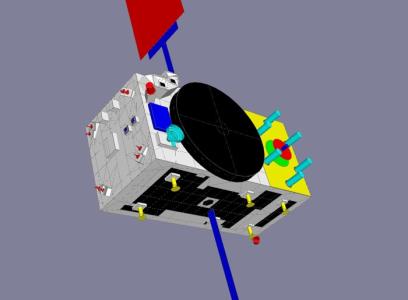Orbit /SRP modelling for long term prediction

The activity aims to analyse and support the long term extension of Galileo ephemerids for mass market applications, by providing a more accurate model of SRP over these longer periods. The final output shall be a SRP model tailored to improving GNSS satellite orbit determination and in turn improving user positional accuracy.
In an era of high resolution gravity field modelling the dominant error sources in spacecraft orbit determination are non-conservative spacecraft surface forces, such as: Solar Radiation Pressure, antenna thrust, Earth' albedo, thermal re-radiation, etc. The conventional approach to these problems is to use an empirical blind model which absorb all the forces but this approach introduces systematic errors and limit the prediction of the orbit. In the last years several wind-box model have appeared, developed based in GPS and Glonass official information, to overcome this limitation. For Galileo these models are not yet available despite more accurate information can be used to generate them. In this activity it is proposed to analyse the ephemerides extension up to one week with centimetre accuracy by modelling all possible non gravity forces for Galileo In Orbit Validation satellites. This would allow the usage of those ephemeride parameters for acquisition, and potentially also for coarse navigation, in quasi permanent warm start conditions. A feature that would give GALILEO important advantage compare to other systems with respect to mass market applicationsModelling of the clock can be analysed as well if necessary to maintain the accuracy. Following input information is required by force:1.Solar Radiation Pressure force modelled as Wind-Box or finite element.- Surfaces dimension from the Mechanical ICD.- Surfaces properties - Nominal attitude model - On-board attitude determination from telemetry: sun vector, Earth vector and antenna array measured position.2.Antenna thrust- Transmitted power by satellite.3.Heating or cooling effects (responsible for Y-bias and asymmetries)- Thermistor temperature at selected locations.- Radiators dimensions and performance.4.Earth Radiation Pressure (Albedo)- Earth sensor telemetry
